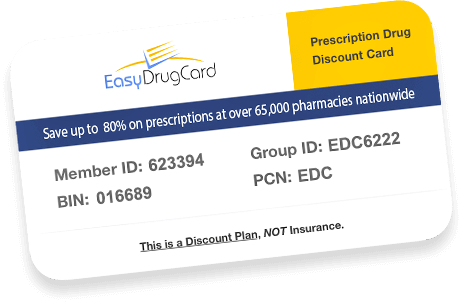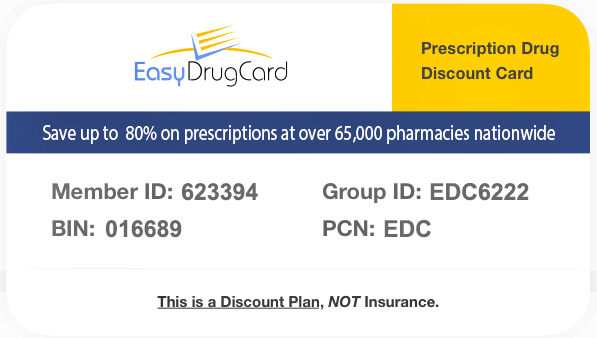 Chicken pox is a legacy childhood disease caused by the Varicella Zoster virus. Chicken pox was common prior to the development of a US vaccine in 1995. Most individuals alive today have either had chicken pox or have received the chicken pox vaccine.
Chicken pox is a legacy childhood disease caused by the Varicella Zoster virus. Chicken pox was common prior to the development of a US vaccine in 1995. Most individuals alive today have either had chicken pox or have received the chicken pox vaccine.
Those who have had chicken pox are at risk for shingles, a varicella outbreak after the virus remains dormant in the body for many years. Vaccination prior to infection with the chicken pox virus may prevent shingles later in life, but this will only become firmly established as the children vaccinated in the late 1990s reach middle age and become prime targets for shingles.
Shingles, or Herpes Zoster, usually affects adults over 50 years of age and can cause a characteristic rash with small fluid-filled vesicles and pain (called post-herpetic neuralgia) that can continue up to several months. Shingles occurs when the immune system weakens and the varicella virus takes hold again. The virus irritates a nerve root and affects a dermatone covering a portion of the body innervated by that nerve on one side only. There can be great sensitivity to touch. When herpetic lesions occur on the face, they should be examined by a physician immediately.
While chicken pox and shingles are caused by the same Varicella Zoster virus, the chicken pox and shingles vaccinations are different. The chicken pox vaccine is intended for young children who have strong immune systems that facilitate the development of Varicella Zoster antibodies. As patients get older and immune system strength declines, greater vaccine stimulation is required, so the shingles vaccines are stronger than the chicken pox vaccine.
The older Zostavax® live attenuated shingles vaccine is administered as a single intramuscular injection in the upper arm. The Zostavax® vaccine contains the same chicken pox antigen as the childhood chicken pox vaccine, but in markedly higher amount. Zostavax® reduced the incidence of shingles by up to 70%, but was dramatically more effective in younger (under 70) patients. Because it is a live, albeit weakened, vaccine there is a risk of varicella in immunocompromised individuals.
The new Shingrix™ recombinant zoster adjuvanted vaccine is administered in the upper arm as two intramuscular doses given 2-6 months apart. As a recombinant vaccine, it contains varicella protein without risking viral transmission. It also contains an adjuvant, a substance which stimulates the development of immunity, but also can lead to adverse reactions to the vaccine. The Shingrix vaccine commonly produces pain, redness and swelling at the injection site. Other common reactions to the vaccine include muscle pain, fatigue, headache, shivering, fever and gastrointestinal symptoms. Given the high incidence of uncomfortable reactions following the vaccine, it would probably be a good idea to plan for some down time following your vaccination. So, what’s the payoff. The Shingrix reduces the incidence of shingles by 97% in immunized individuals 50 years and older. and by 89% in those over 70.
Which shingles vaccine is best for you? Younger patients might still choose the Zostavax® vaccine, but for most patients, including those who have suffered with shingles, the Shingrix™ vaccine with its improved effectiveness may be worth the two shots and additional adverse reactions. Contraindicated in presence of allergy to any of the components or previous reaction to the vaccine.
Your physician or pharmacist can help you understand the benefits and risks of Varicella Zoster vaccination. Many pharmacists can administer the shingles vaccines. Stop by your neighborhood pharmacy to learn more about shingles and its prevention. Take good care of yourself.
Resources
https://www.cdc.gov/vaccines/vpd/shingles/index.html











